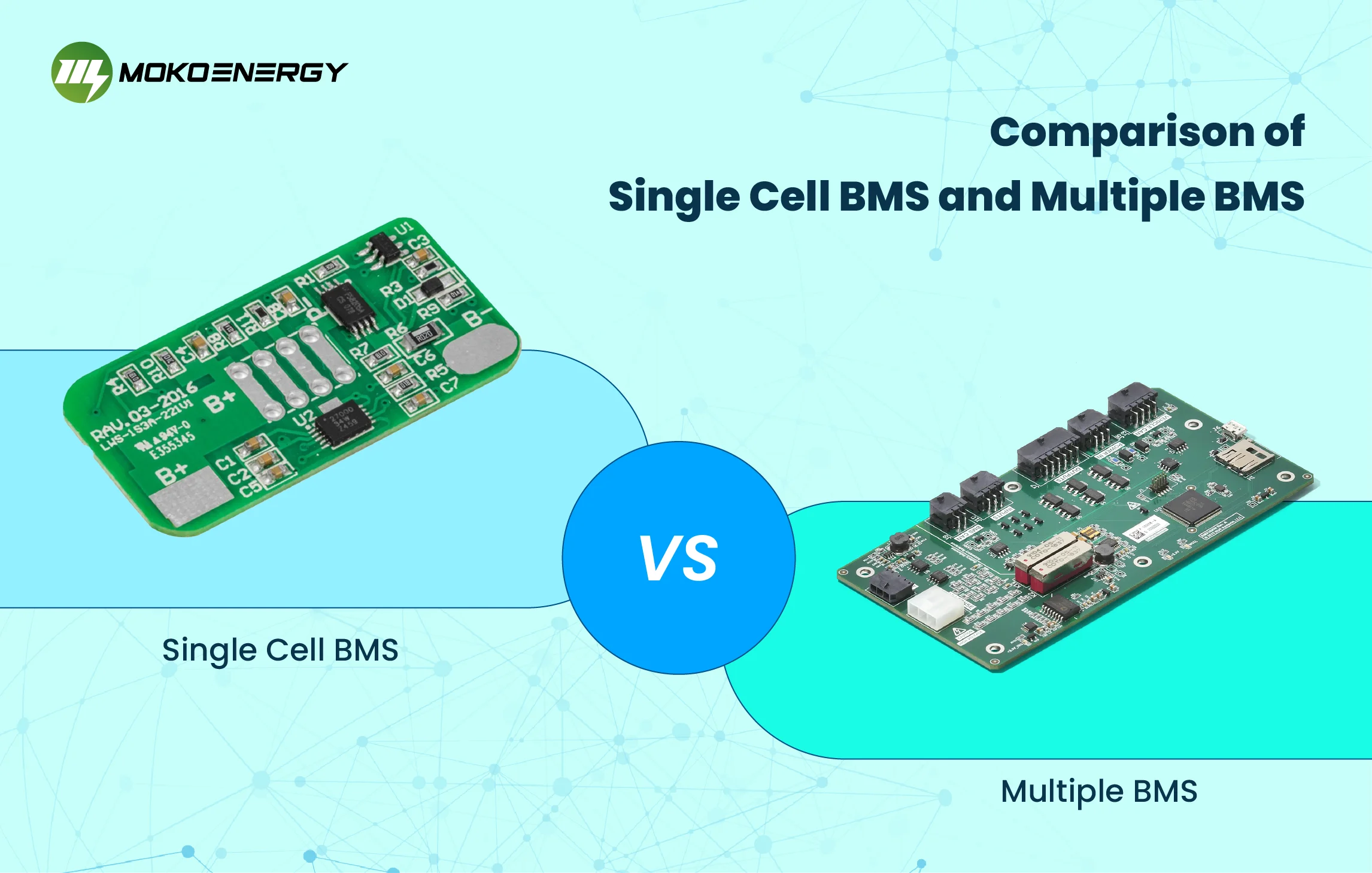In today’s rapidly evolving world, energy management has become a critical concern for businesses, governments, and individuals alike. As we grapple with the challenges of climate change and resource scarcity, the need for innovative solutions in energy management has never been more pressing. Enter the Internet of Things (IoT) – a game-changing technology that’s transforming the landscape of smart energy management.
Traditional energy management systems have long struggled with inefficiencies, lack of real-time data, and limited control capabilities. These shortcomings have resulted in energy waste, increased costs, and a significant carbon footprint. However, the integration of IoT in energy management is changing the game, offering unprecedented levels of control, efficiency, and sustainability.
How IoT Enhances Energy Management Processes
IoT technology is the backbone of modern smart energy management systems. By connecting a myriad of devices and sensors to a centralized network, IoT enables real-time data collection, analysis, and automated decision-making. This interconnectedness allows for a level of precision and responsiveness that was previously unimaginable in energy management.
Key Applications of IoT in Energy Management

Smart metering and monitoring
IoT-enabled smart meters are revolutionizing energy consumption tracking. These devices provide real-time, granular data on energy usage, allowing both consumers and utility companies to make informed decisions. Smart meters can detect usage patterns, identify energy-hungry appliances, and even provide time-of-use pricing information. For utilities, this means improved billing accuracy, reduced operational costs, and better demand forecasting. Consumers benefit from detailed energy consumption insights, enabling them to adjust their habits and potentially save on energy bills.
Demand response systems
IoT facilitates sophisticated demand response programs that help balance energy supply and demand. These systems use real-time data and predictive analytics to anticipate peak demand periods. During these times, they can automatically reduce non-essential energy consumption in participating buildings or incentivize consumers to shift their usage to off-peak hours. For example, a smart building might temporarily adjust its HVAC settings or delay non-critical processes in an industrial setting. This not only prevents grid overloads but also reduces the need for expensive peaker plants, leading to significant cost savings and reduced environmental impact.
Predictive maintenance
IoT sensors continuously monitor the health and performance of energy infrastructure components. By analyzing data patterns, these systems can predict when equipment is likely to fail or require maintenance. For instance, in a power plant, sensors might detect subtle changes in turbine vibrations, indicating potential issues before they escalate. This proactive approach allows for scheduled maintenance during off-peak hours, minimizing unexpected downtime and extending equipment lifespan. In the long run, predictive maintenance can lead to substantial cost savings, improved energy reliability, and enhanced safety in energy operations.
Grid optimization and load balancing
IoT enables the creation of smart grids that can dynamically adjust to changing energy demands. These intelligent systems use a network of sensors and communication devices to monitor grid conditions in real-time. They can automatically reroute power to prevent outages, integrate renewable energy sources seamlessly, and optimize power flow to reduce transmission losses. For example, during a sudden spike in demand, a smart grid might activate stored energy from batteries or adjust voltages to ensure stability. This results in a more resilient, efficient, and reliable energy infrastructure.
Renewable energy integration
As the world shifts towards cleaner energy sources, IoT plays a crucial role in managing the intermittent nature of renewables like solar and wind. Smart energy management systems use weather forecasts, historical data, and real-time conditions to predict renewable energy generation. This information allows grid operators to balance the variable output of renewables with other energy sources, ensuring a stable power supply. IoT also enables smart inverters that can automatically adjust their output to maintain grid stability, and facilitates the coordination of distributed energy resources like rooftop solar panels and home batteries.
IoT Devices and Sensors for Energy Management

The effectiveness of IoT in energy management relies heavily on a diverse array of devices and sensors. Let’s explore some key components:
- Smart thermostats and HVAC controls: These intelligent devices learn from user preferences and occupancy patterns to optimize heating and cooling, resulting in significant energy savings.
- Occupancy sensors and lighting controls: By detecting human presence, these sensors ensure that lights and other systems are only active when needed, eliminating wasteful energy consumption in unoccupied spaces.
- Power quality monitors: These sophisticated devices track voltage fluctuations, harmonics, and other power quality issues, helping to prevent equipment damage and optimize energy efficiency.
- Energy storage system sensors: As energy storage becomes increasingly important, IoT sensors help manage battery health, charge/discharge cycles, and overall system performance.
- Smart plugs and outlets: These seemingly simple devices provide granular control over individual appliances, allowing users to monitor and manage energy consumption at the socket level.
Successful Implementation of IoT in Energy Management
The impact of IoT on energy management is not just theoretical – it’s being realized across various sectors:
- Commercial building energy optimization: Large office buildings are leveraging IoT to reduce energy consumption by up to 30% through intelligent lighting, HVAC, and occupancy management systems.
- Industrial energy efficiency improvements: Factories are using IoT to optimize production schedules, manage peak loads, and identify energy-intensive processes, leading to substantial cost savings and reduced carbon emissions.
- Smart city energy management initiatives: Cities worldwide are implementing IoT-based smart streetlights, traffic management systems, and public transportation solutions to reduce energy consumption and improve urban living.
- Residential energy savings through IoT: Smart home devices are empowering homeowners to monitor and control their energy usage, leading to average savings of 10-15% on utility bills.
FAQs About IoT in Energy Management
Q: What is the cost-benefit ratio of implementing IoT in energy management?
A: While initial implementation costs can be significant, most organizations see a return on investment within 2-3 years through energy savings and operational efficiencies. Long-term benefits often far outweigh the initial costs.
Q: How does IoT improve energy efficiency in residential settings?
A: IoT devices in homes provide real-time energy consumption data, automate energy-intensive systems like HVAC and lighting, and allow remote control of appliances. This leads to more informed decision-making and reduced energy waste.
Q: Can IoT help in managing renewable energy sources?
A: Absolutely! IoT plays a crucial role in integrating renewable energy sources into the grid by managing their intermittent nature, optimizing storage solutions, and balancing supply with demand.
Q: What are the primary security concerns in IoT-based energy management?
A: The main concerns include data privacy, device vulnerabilities, and potential cyber-attacks on critical infrastructure. Implementing robust cybersecurity measures and regular system updates are essential to address these issues.
Q: How does IoT contribute to reducing carbon emissions?
A: By optimizing energy consumption, improving efficiency, and facilitating the integration of renewable energy sources, IoT-based smart energy management systems significantly reduce overall carbon emissions across various sectors.
As we stand on the brink of a new era in energy management, the potential of IoT to revolutionize this field is truly exciting. From smart homes to entire cities, the integration of IoT in energy management is paving the way for a more sustainable, efficient, and cost-effective future. As technology continues to evolve, we can expect even more innovative solutions to emerge, further transforming the landscape of smart energy management. The future of energy is smart, connected, and powered by IoT – and it’s already here.






